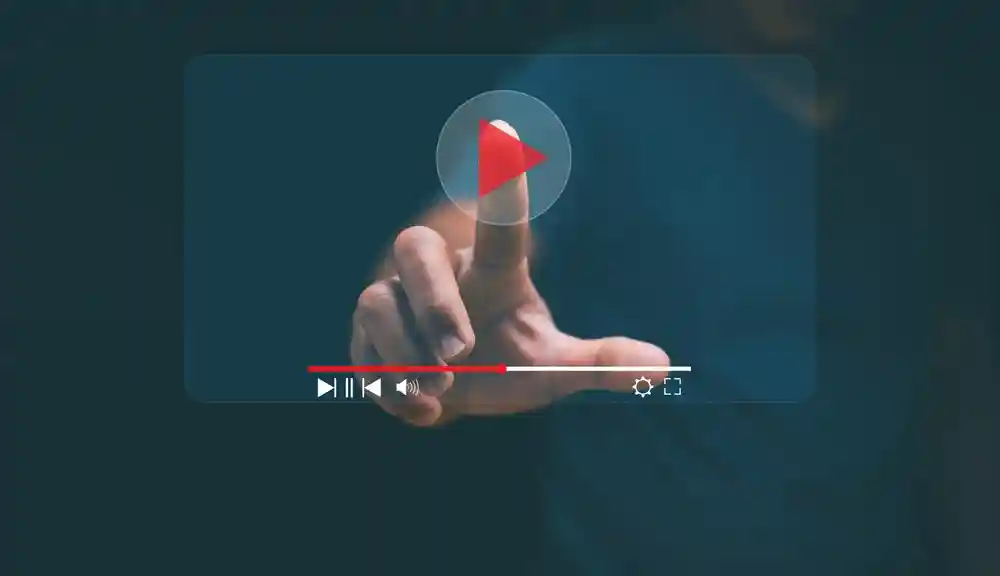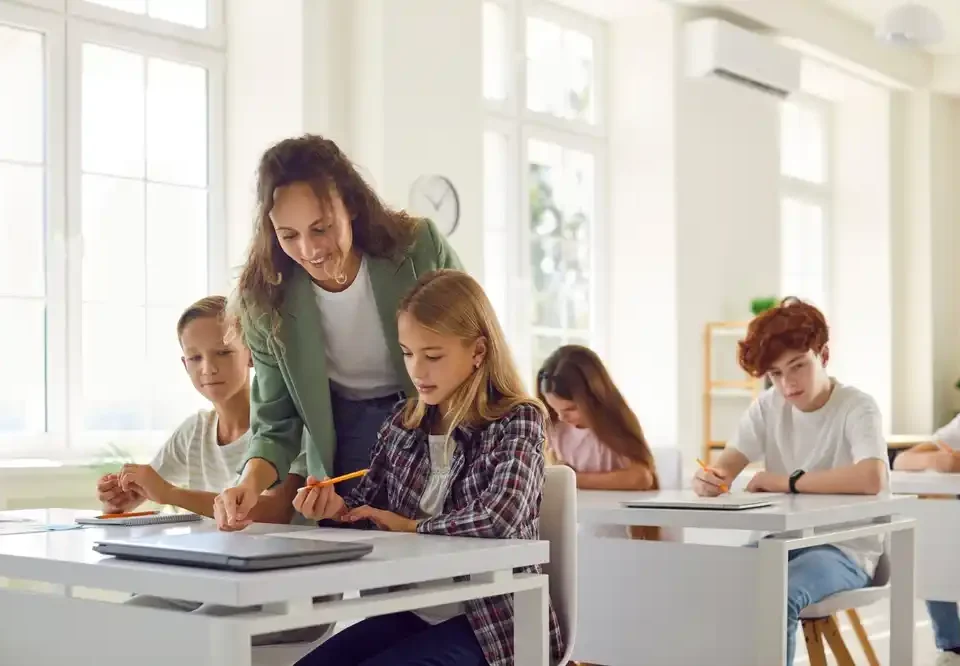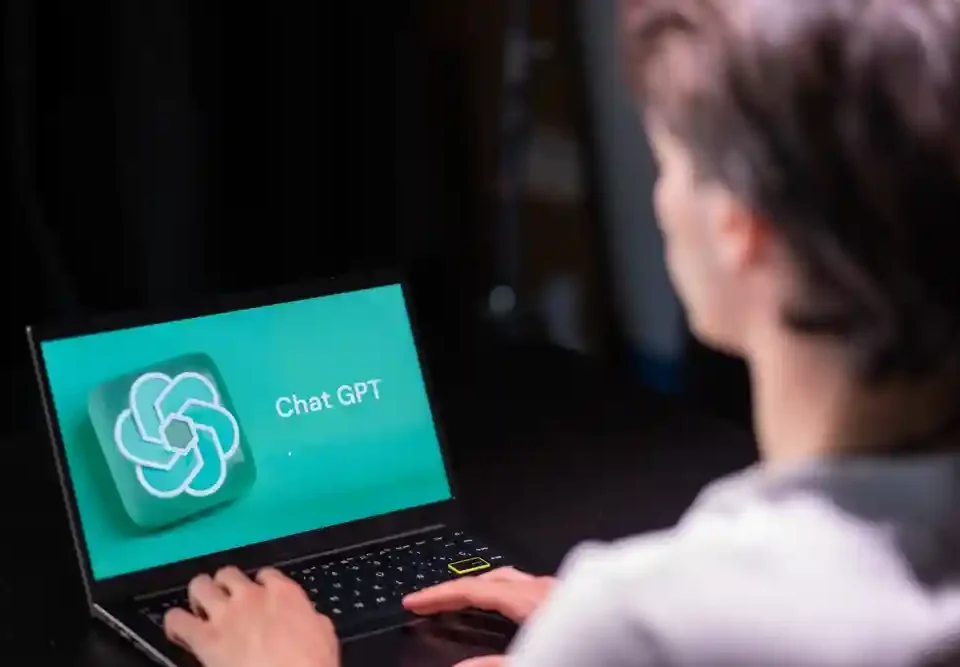Advantages Of Teaching With Videos
As students increasingly become visual learners, educators are looking for ways to integrate multimedia tools that enhance engagement and retention. Teaching with videos has proven to be one of the most effective strategies in keeping them focused, interested and actively participating in lessons. In a world where attention spans are shrinking, video content provides a dynamic way to reinforce key concepts in a format that kids can easily digest.
Incorporating videos in the classroom isn’t just a trendy teaching method — it’s already a well-established part of many school systems, serving as a cornerstone for information delivery. By using video to reinforce important themes and topics, teachers can promote active learning while catering to a range of learning styles. Learning how to use videos in the classroom effectively helps break up lengthy lessons, allowing students to absorb the material more efficiently. In fact, studies have shown that multimedia learning boosts both engagement and understanding, making it a powerful tool for modern educators.
When it comes to video length, shorter is often better. Effective educational videos typically run under six minutes, which is just enough time to cover essential themes without overwhelming students. Brief videos can help them take effective notes, retain information and avoid cognitive overload. Incorporating multiple videos that touch on different aspects of a lesson can also help reinforce major points in a more engaging and manageable way. By balancing video content with other instructional methods, teachers can create a well-rounded educational experience that caters to today’s visual learners.
Major Advantages of Interactive Video Learning
One of the most powerful aspects of teaching with videos is the ability to incorporate interactive elements. Here are a few major advantages:
- Maximizes Cognitive Load
Traditional lessons or lectures often cause students to lose focus, as working memory has a limited capacity. Using videos in the classroom breaks up the monotony and keeps them engaged by offering bite-sized pieces of information that are easier to process. Put simply, it can help them absorb material without feeling overwhelmed, thus enhancing their overall retention.
- Increases Student Interaction
Many tools come with built-in guiding questions and prompts that encourage students to think critically. These interactive features allow them to engage with the material more actively, which not only fosters creativity but also stimulates class discussions that carry over into the main lesson. This level of engagement leads to deeper learning outcomes.
- Boosts Student Motivation
Homework doesn’t always have to be a dreaded task. By incorporating short educational videos, teachers can motivate them to complete assignments because the content is more engaging and interactive. When students watch videos featuring subject matter experts, they gain insights from authorities in the field, which further fuels their motivation and curiosity.
Educational Video Websites/Resources
Aside from YouTube — which is great for finding short-form educational content — there are many other reliable platforms offering educational videos for students. These resources provide authenticated, curriculum-aligned videos that can enhance your teaching toolkit:
- BrainPOP — A well-known resource for quick, engaging videos on a variety of topics. The platform is especially designed for younger students, offering interactive elements that help keep them focused and entertained.
- Boclips — Offers a vast library of ad-free, curriculum-aligned videos with content sourced from industry-leading educational providers. This platform is ideal for teachers looking to supplement lessons with accurate, high-quality video content.
- TED Talks — While not always the shortest, TED Talks feature in-depth discussions on various subjects, delivered by experts and thought leaders. These talks are a fantastic resource for more advanced students who are looking to explore complex ideas in an engaging format.
- National Geographic Kids — Dedicated to science, social studies and environmental topics, National Geographic Kids offers a wide range of videos that are both educational and entertaining. It’s a great resource for younger students, covering topics that align with various curriculum standards.
Incorporating video content into your teaching strategy is essential for keeping today’s kids engaged. Whether through interactive learning tools or subject matter expert insights, learning how to use videos in the classroom can transform the entire experience. By using a variety of video resources, you can tailor your lessons to meet the needs of all learners, making complex information more engaging, accessible and enjoyable.
To further enhance your teaching methods, explore our classroom management course and discover more methods for your teaching process.




